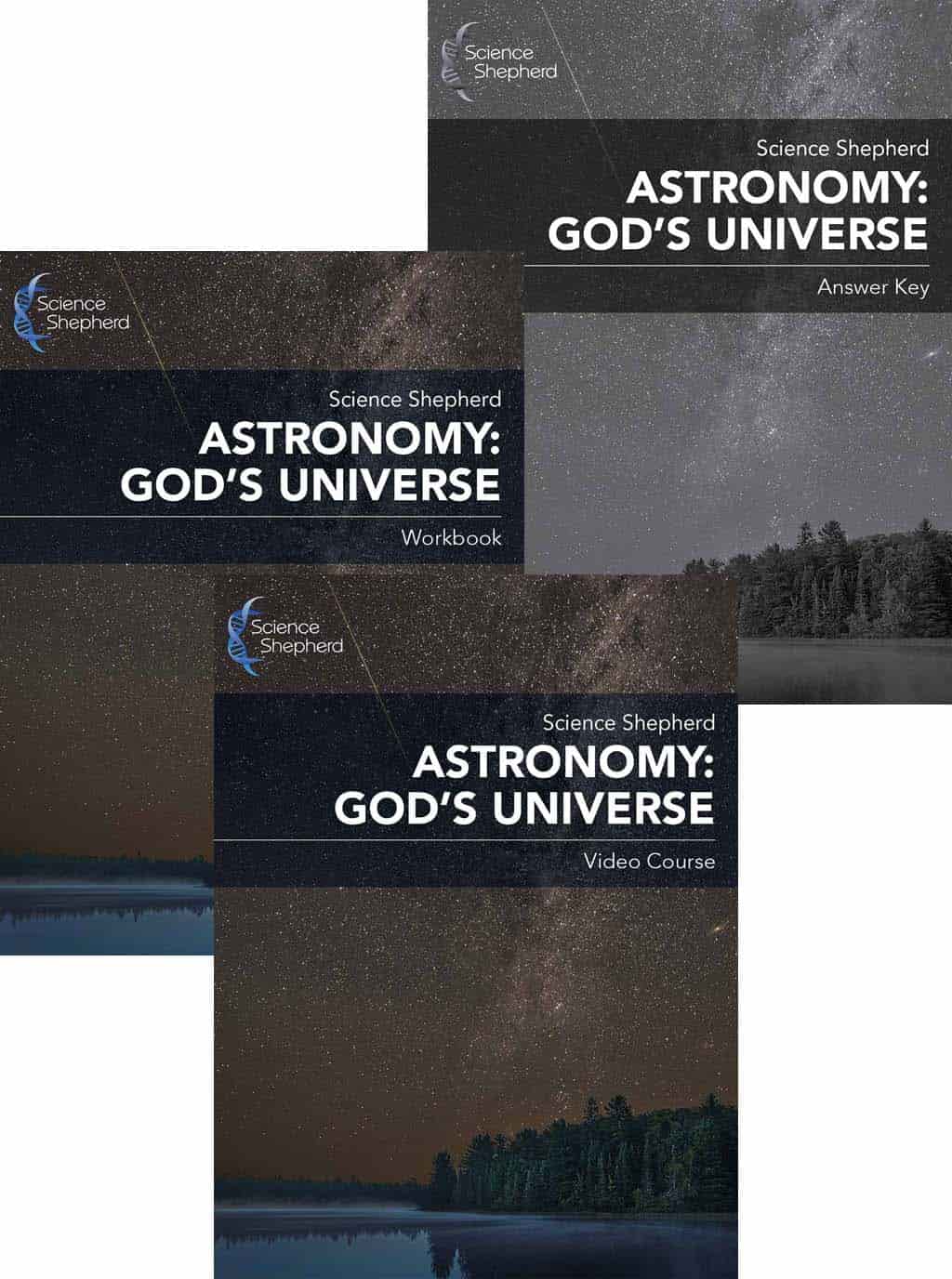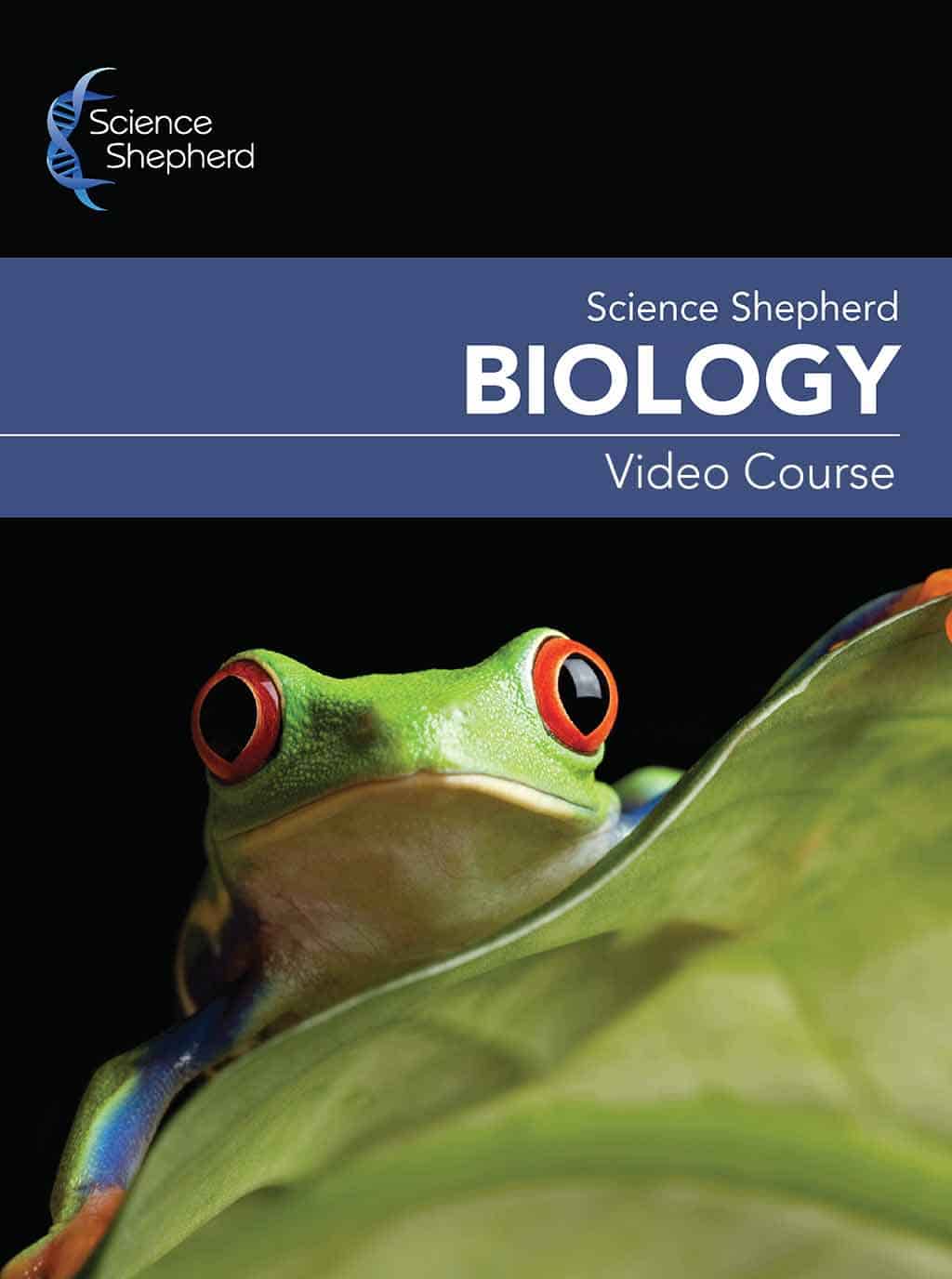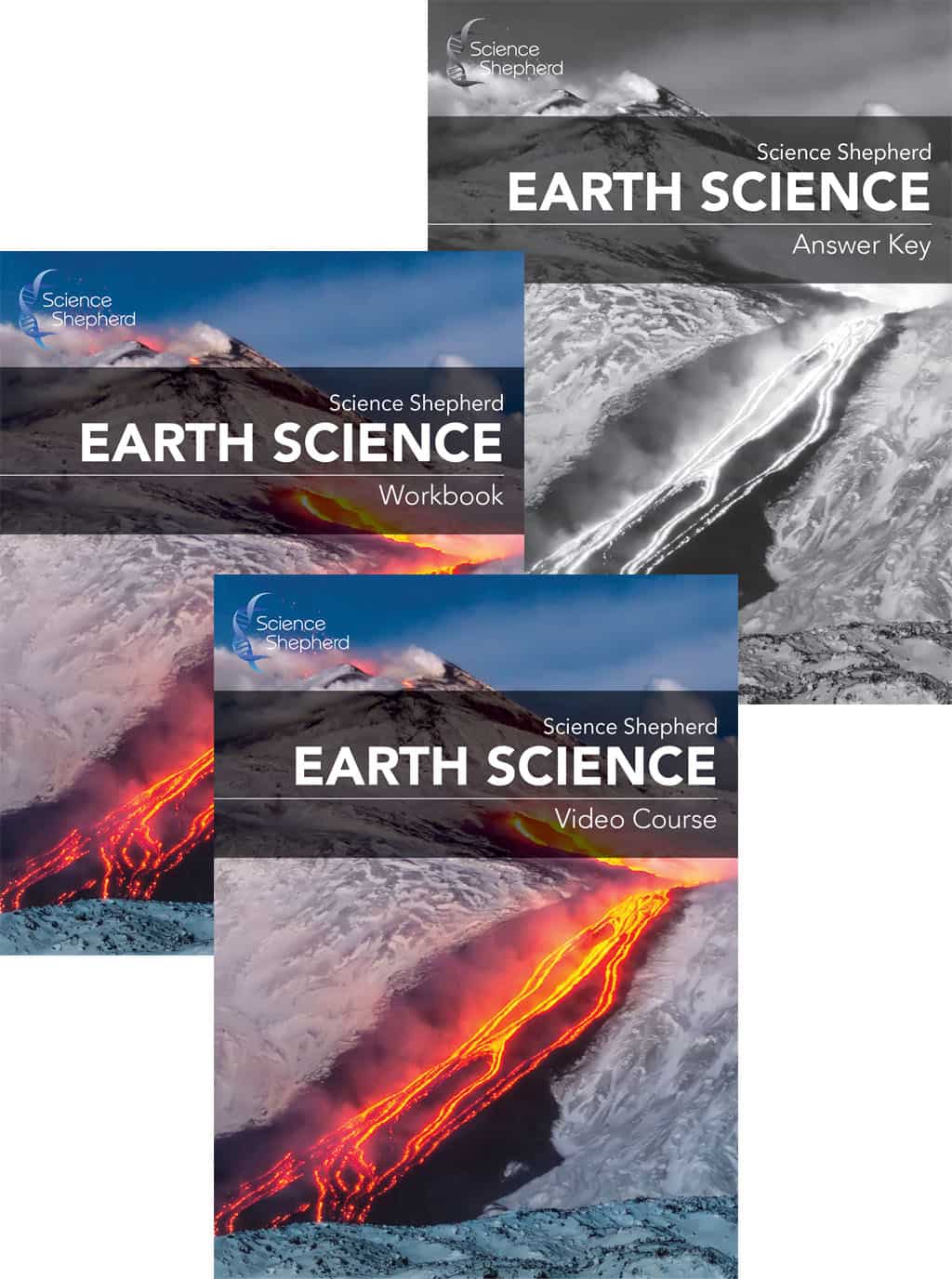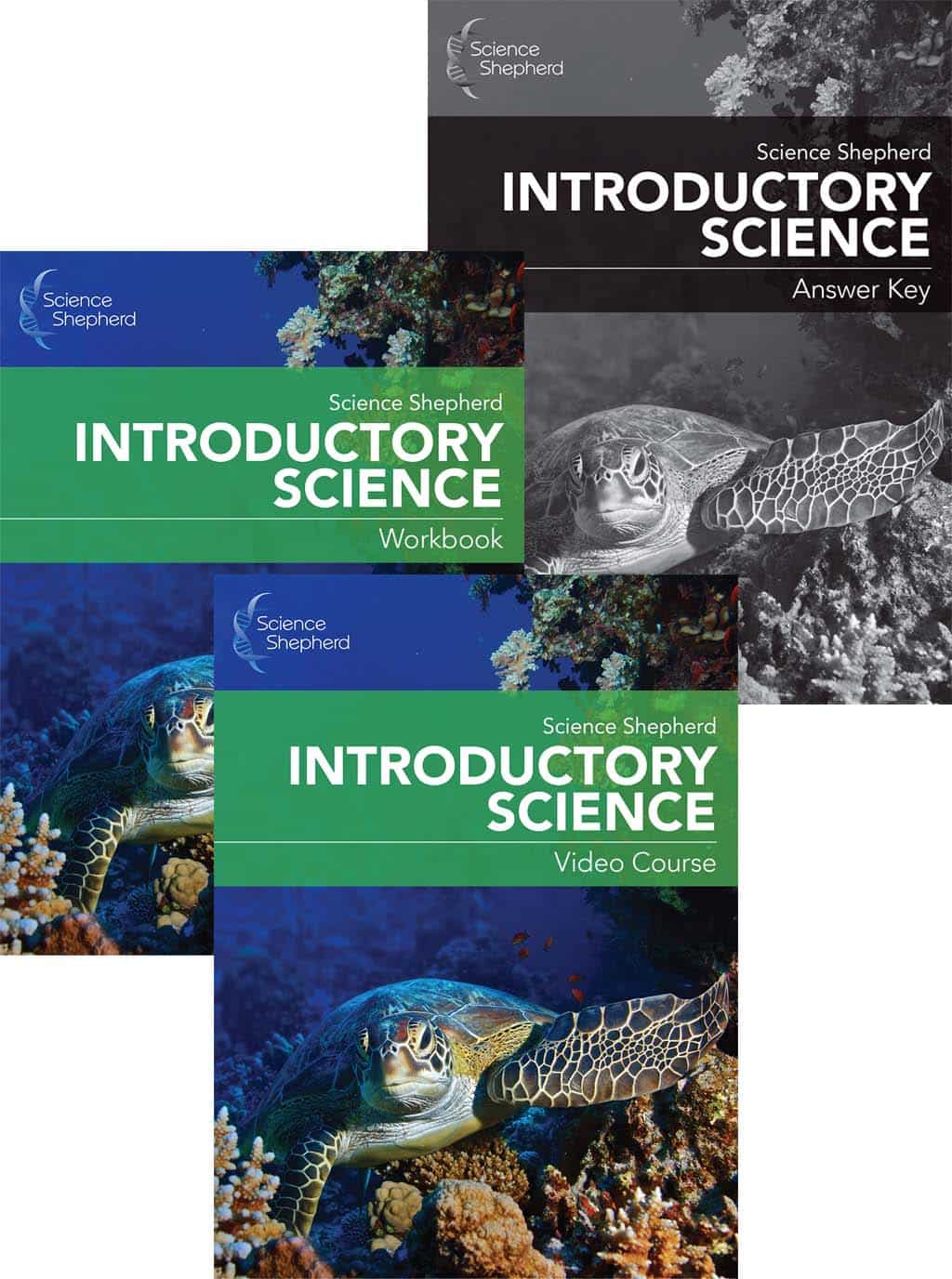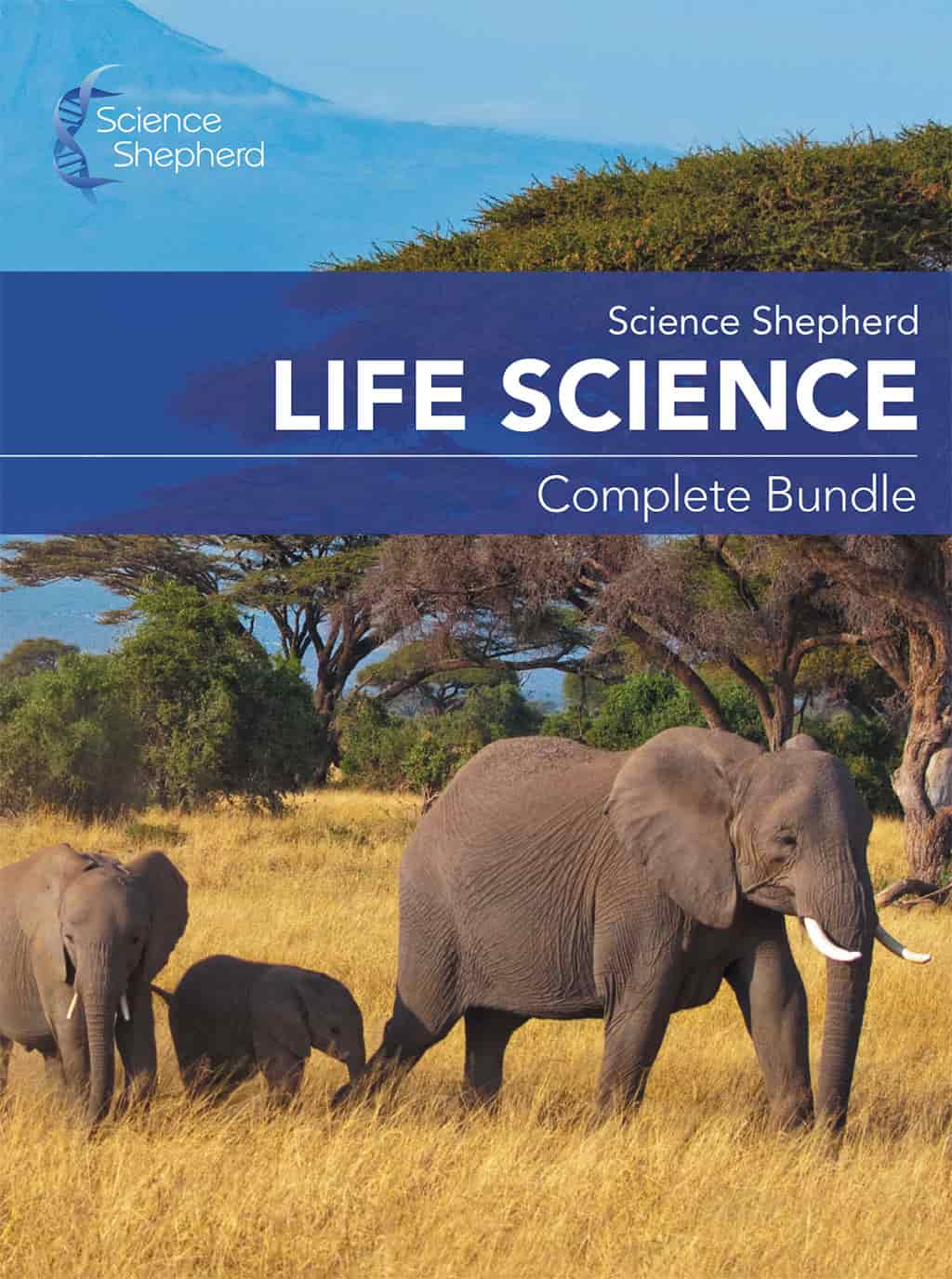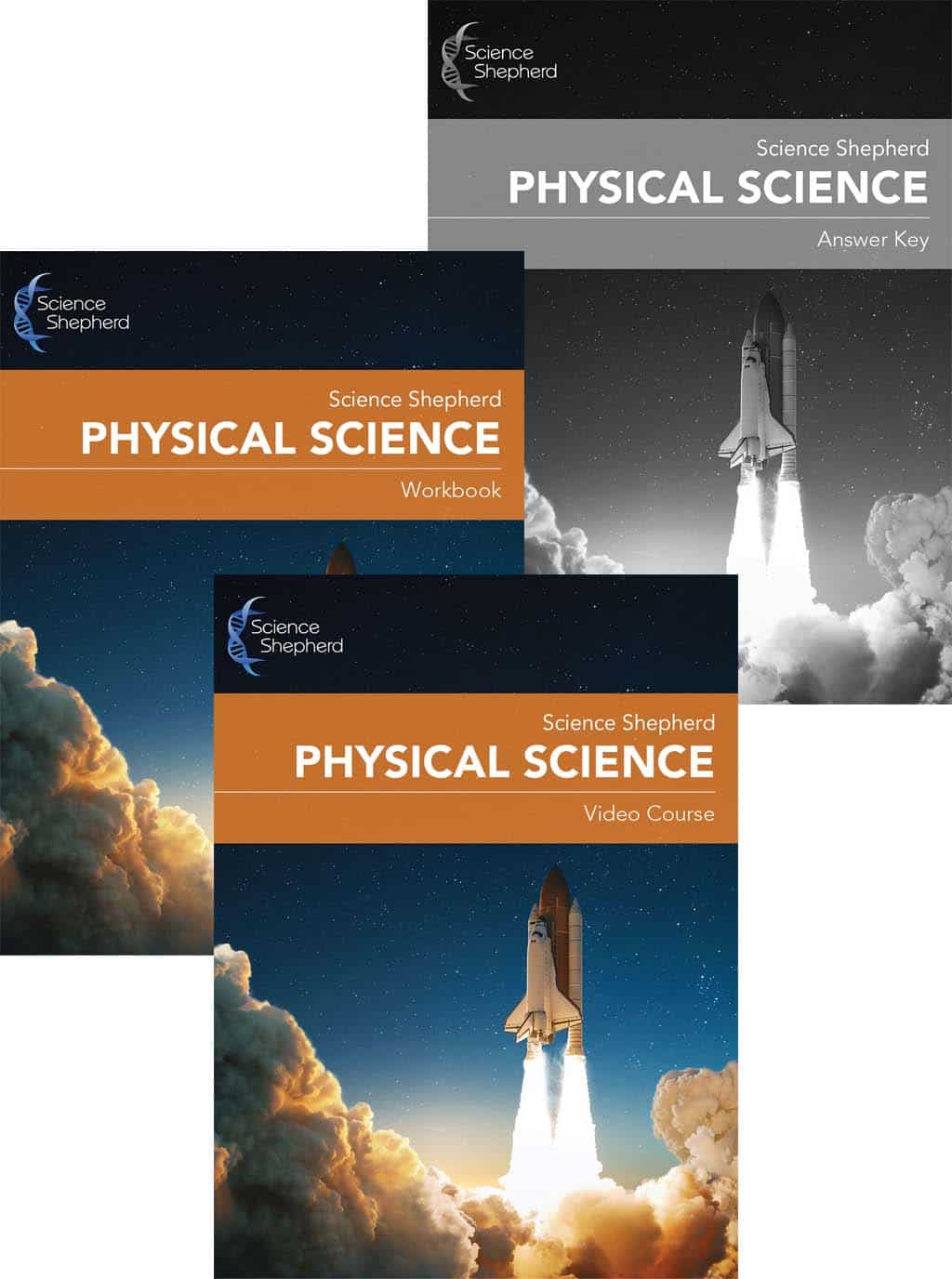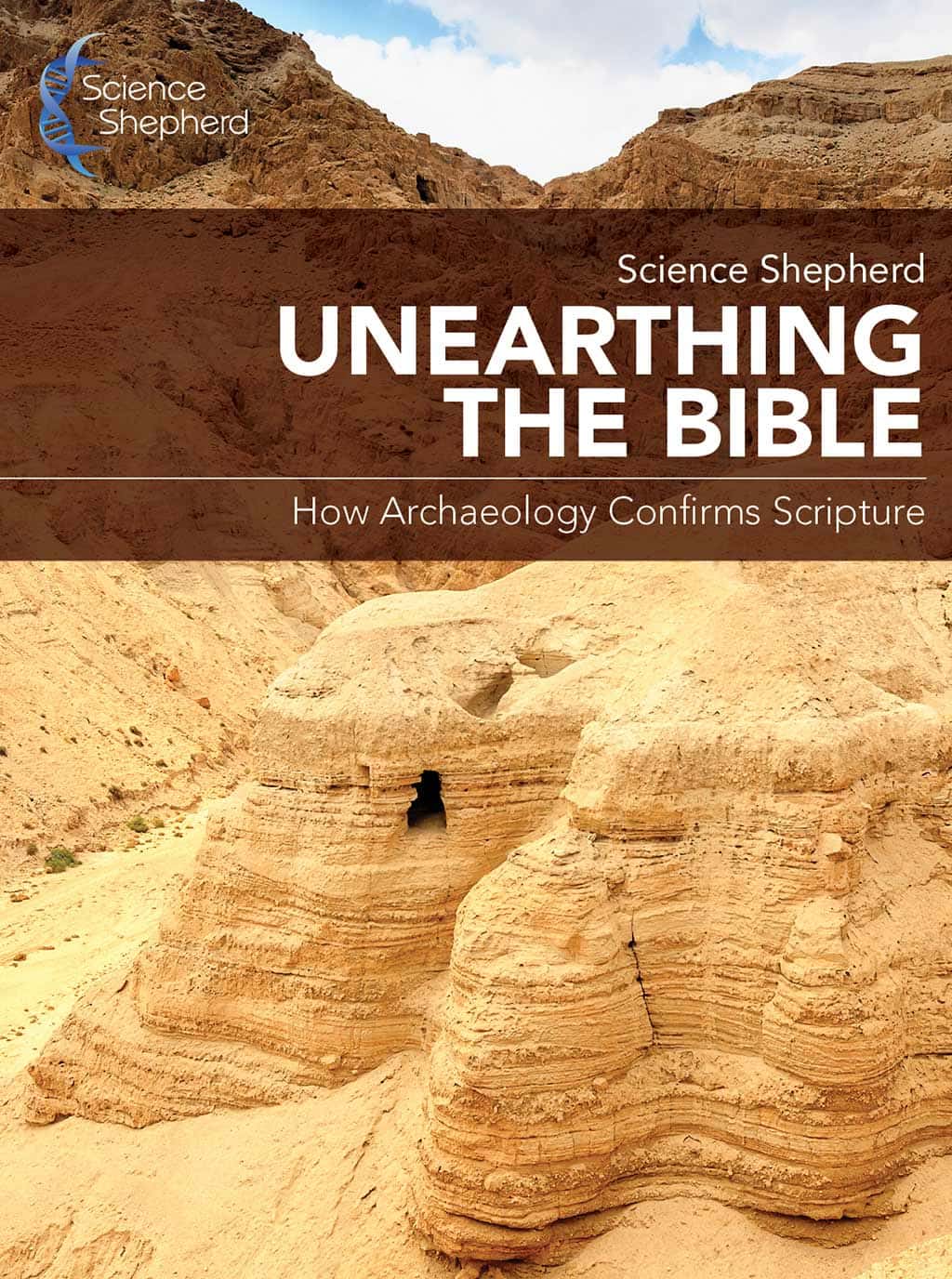Christmas Sale! Save 10% Storewide Through December 21.
Christmas Sale! Save 10% Storewide Through December 21.
Natural Selection, Part 2
by Dr. Scott Hardin MD March 11, 2012 4 min read

The following article is the continuation of a 3-part series. Read part 1 about natural selection here. Part 2 fully fleshes out natural selection history, starts the topic of what it is and leaves you with an unfinished problem.
Natural Selection Does Occur
Natural selection is a critically important concept to understand because, as a result of the evolutionary "bait-and-switch," creationists often misunderstand natural selection and as a result arrive at the erroneous conclusion that natural selection is only an "evolutionary phenomenon." I, and many creationists you may know of and trust (Jonathan Sarfati, Ken Ham, etc.) will assure you that natural selection DOES happen (i.e. it is an observed phenomenon in nature) and is part of God's designed order.
Recall that last week, we learned that natural selection was not the original idea of Charles Darwin; rather, it was first described in the way in which we understand it presently by Edward Blythe, a creationist, 24 years before Mr. Darwin published Origins. In his three separately-published papers on the topic, Mr. Blyth discussed natural selection in the context of it being a God-created process that was responsible for the created kinds developing varying features and presenting as varieties of the created kinds. We know that Charles Darwin was VERY aware of Blyth's papers because the University of Cambridge, England, has copies of these articles with Charles Darwin's writing in the margins AND there is wording on natural selection in Origins that is taken almost word for word from Mr. Blyth's articles.
Today, we think of natural selection as "the strongest survive," which is the way that Mr. Blyth described it (in the context of a fallen world) in the early 1800's. In other words, natural selection is the observable process in nature whereby those organisms that are most fit for their environment live and reproduce, producing more organisms with those same "fit" traits, while those that are not as fit don't. It makes inherent sense when you consider it, but evolutionists have confused the "natural selection picture" over the past 50 years.
. . . natural selection is the observable process in nature whereby those organisms that are most fit for their environment live and reproduce, producing more organisms with those same "fit" traits, while those that are not as fit don't.
Natural Selection and Finches
Perhaps an example - taken from the famous "Darwin finches"- will help to illustrate natural selection. "Darwin's finches" is the name applied to the 15 species of "finch" on the Galapagos Islands. Peter and Rosemary Grant have studied the finches continuously for the past 25+ years and have made painstaking measurements of the traits of the different varieties of Galapagos finch. Two of the main difference between the 15 different varieties of Galapagos finch relates to their beak size and body size and many of the finch species are differentiated from another purely based upon their body and beak sizes.
During the Grants' time studying the birds, there was a long drought the result of which was that 86% of the bird population died. The Grants found that the "average" bird within each variety that were left were slightly larger in size and had slightly larger beaks than the "average" bird of the same finch variety had for years prior to the drought. Why? Because it was advantageous for birds of all the finch varieties to have slightly larger beak and body sizes during the drought because the only food that was on the Islands were very hard seeds and the slightly bigger birds with bigger beaks within each variety could crack them open easier than the slightly smaller birds with slightly smaller beaks. Therefore, since they lived because of their advantageous body and beak size, they were able to pass their traits for larger body and beak size on to their offspring, who then passed the larger body and beak size to their offspring, etc.
After the finch populations stabilized a little following the drought, the Grants were somewhat surprised to see how fast the beak and body sizes actually changed. In fact, based on the rates of change in beak and body size the Grants saw in the birds as a result of the drought, they estimated that, if the drought conditions persisted, it would take roughly 1,200 years for the ground finch's beak and body size to become as large as the cactus finch (remember that many of the different varieties of finch are differentiated based upon the size of their beaks and bodies).
Evolution is Not Just Change
And right there is where the evolutionary bait and switch occurs. Evolutionists have called what the Grants observed "evolution in action." Evolutionists like to equate "change" with "evolution" - after all, the traits within the finch populations clearly "changed" as a result of the drought - and so they call this observed change in the bird's traits as a result of the drought "evolution." But it isn't. It is natural selection.
Why? Because these birds are all still varieties of Galapagos finch. None of these birds "transformed" into another type of previously non-existent animal. They were Galapagos Finches before the drought and they remained Galapagos Finches after the drought. The property of "change" is NOT enough to say that evolution has occurred. If the change of one type of organism doesn't lead to "change" that results in the formation of a previously non-existent type of organism, then evolution has not occurred.
I will leave you to ponder this some more. Part 3 will pick up from here and completely discuss why this change identified as natural selection is NOT evolution, though I hope that with the hint in the previous paragraph you will be able to formulate your own thoughts.
Continue Reading
Want to learn more about natural selection? Read part 3 to learn why natural selection is not evolution.
Sign-Up Today!
Subscribe for the latest news and receive 10% off and a FREE resource!
Recent Articles
10% Off Your Next Order
Subscribe to our newsletter and we'll send you a code for 10% off an order
plus a free download of 5 Scientific Ways Your Kids Can Defend Their Faith.


